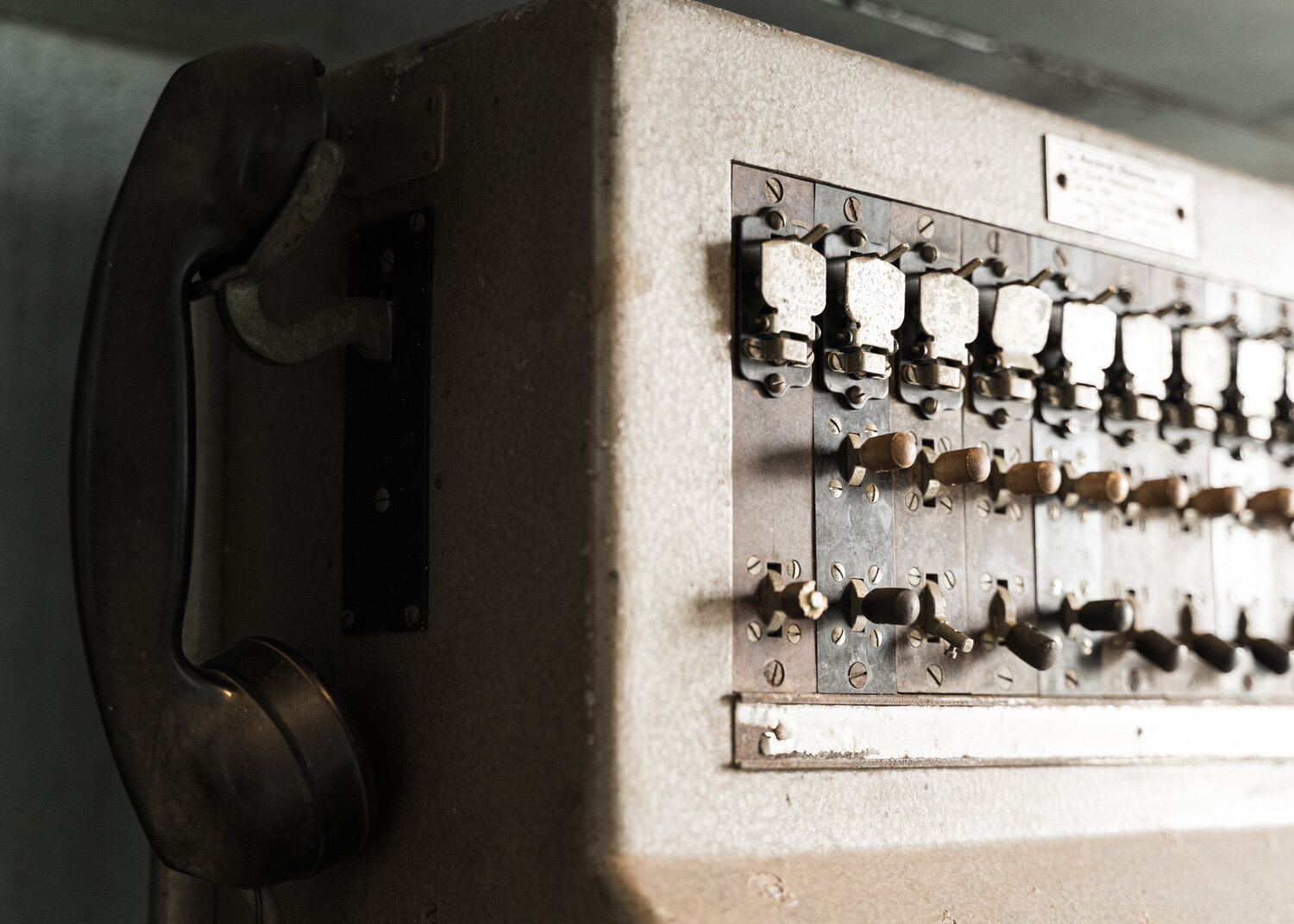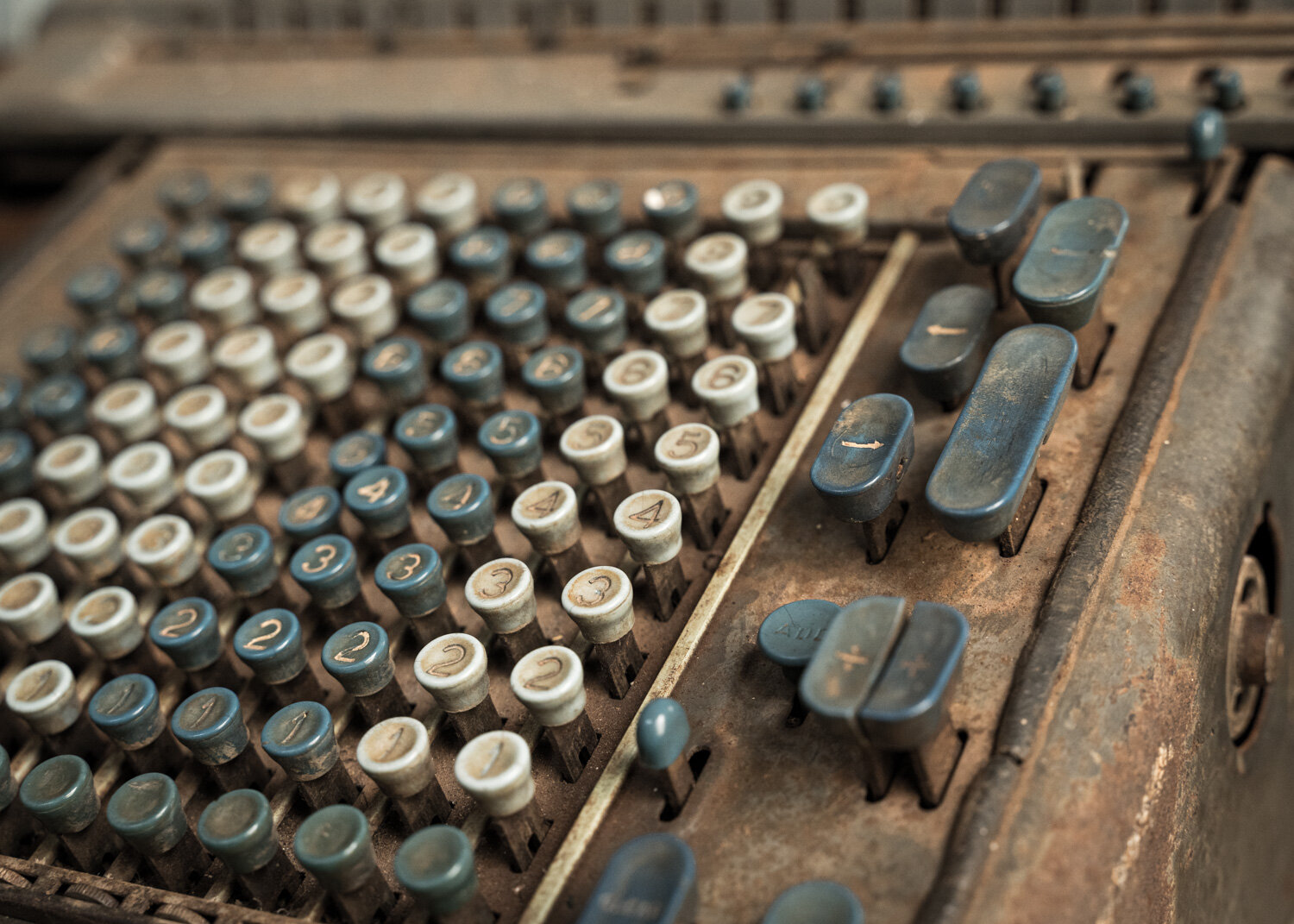Noumea, South Province
Day 7 of auto-confinement and we’re doing just fine. I came across this photo in my Lightroom catalogue yesterday. I was torn between two photo of the Société Le Nickel (SLN), this one and another zoomed in toward the chimneys. I chose the former because it showed the majority of the refinery and my friend said it reminded her of movie scenes where someone’s spying on or looking for a way in to a compound. And I agree.
This refinery was founded in 1912 by Société Des Hauts Fourneaux De Nouméa, owned by L. Ballande et Fils. It merged in 1931 with Société Le Nickel which was founded in 1880. Until 2009, it was the only metallurgical producer in New Caledonia. It is now one of three including Vale Inco (opened in 2009) in Yate in the South Province and Koniambo Nickel (opened in 2013) in Voh in the North Province. Wikipedia has interesting reading on SLN, Vale Inco and Koniambo Nickel. I ‘m sorry but I couldn’t find Wikipedia articles in English for the first two.
This photo dates back to 2013 before they fenced the outer periphery of the refinery. I drove up to their water reserve then followed a small track alongside it to this location. It was a very cloudy day but it hadn’t and didn’t rain. I had caught the photography bug about a year ago and the SLN was a fascinating construction for me. Still using my first hybrid camera, the Fujifilm FinePix S9500, and a very cheap tripod, I managed to capture this image.
Though the resolution isn’t the best, the image is technically sound. I decided to edit in black & white because of the old fashion look of the construction. To enhance this look, I put one of my split-tone presets over it then added grain. The grain, not only, added to the vintage look but helped to hide the lacklustre resolution. I like this photo, I really do.
Now, please everyone, protect yourself and others by staying home. Wash your hands, keep your distance, sneeze and cough in your elbow… you know what to do. If we all do our part, we’ll beat this Covid-19 a lot faster. Stay safe everyone.

















